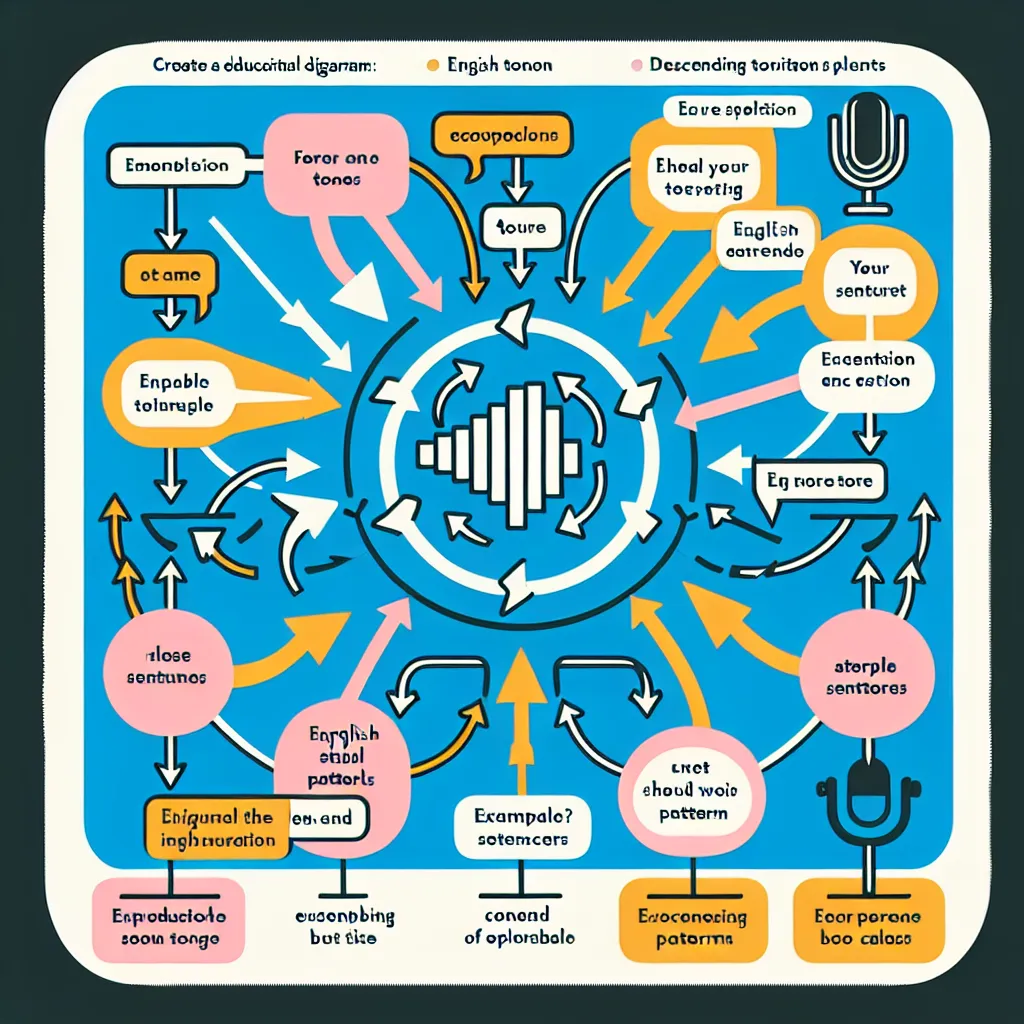Silent vowels in English can be tricky for learners of all levels. These hidden sounds often confuse non-native speakers, making pronunciation a challenge. In this guide, we’ll explore effective strategies to master the art of pronouncing English words with silent vowels, helping you speak more confidently and naturally.
Understanding Silent Vowels in English
Silent vowels are letters that appear in a word’s spelling but are not pronounced. They’re a common feature in English, largely due to the language’s complex history and diverse linguistic influences. Understanding silent vowels is crucial for improving your pronunciation and overall English fluency.
Why Silent Vowels Matter
Silent vowels play a significant role in English pronunciation:
- They affect word stress and rhythm
- They can change the pronunciation of surrounding letters
- They often indicate the origin of words (e.g., French-derived words)
Mastering silent vowels will help you sound more like a native speaker and avoid common pronunciation pitfalls.
 Importance of Silent Vowels
Importance of Silent Vowels
Common Patterns of Silent Vowels
To improve your pronunciation of words with silent vowels, it’s helpful to recognize some common patterns:
1. Silent ‘E’ at the End of Words
The silent ‘e’ at the end of words is perhaps the most well-known pattern. It often affects the pronunciation of the preceding vowel:
- mate vs. mat
- bite vs. bit
- cute vs. cut
2. Silent ‘A’ in Certain Combinations
The letter ‘A’ is often silent in words with specific letter combinations:
- boat, coat, road (oa combination)
- bread, head, lead (ea combination)
3. Silent ‘U’ After ‘G’ and Before a Vowel
In many words, ‘U’ is silent when it follows ‘G’ and precedes another vowel:
- guess, guest, guide
4. Silent ‘O’ in Certain Words
‘O’ can be silent in some common words:
- people, leopard, jeopardy
Strategies for Mastering Silent Vowel Pronunciation
Now that we understand the patterns, let’s explore some effective strategies for improving your pronunciation of words with silent vowels.
1. Listen and Repeat
One of the most effective ways to improve pronunciation is through active listening and repetition. Use resources like:
- Native speaker podcasts
- English pronunciation videos on YouTube
- Language learning apps with audio features
Listen carefully to words with silent vowels and practice repeating them until you feel comfortable with the pronunciation.
2. Focus on Word Stress
Silent vowels often affect word stress. Pay attention to which syllable is emphasized in words with silent vowels. For example:
- ‘PEO-ple’ (not ‘peo-PLE’)
- ‘GUID-ance’ (not ‘gui-DANCE’)
 Word Stress Diagram
Word Stress Diagram
3. Use Phonetic Transcriptions
Familiarize yourself with the International Phonetic Alphabet (IPA). Many dictionaries provide phonetic transcriptions, which can help you understand the correct pronunciation, including silent vowels.
For example:
- “guide” is transcribed as /ɡaɪd/, showing that the ‘u’ is indeed silent.
4. Practice Minimal Pairs
Minimal pairs are words that differ by only one sound. Practicing with minimal pairs that include words with and without silent vowels can help train your ear and mouth:
- rat vs. rate
- hop vs. hope
- mat vs. mate
5. Record and Analyze Your Speech
Record yourself pronouncing words with silent vowels and compare your pronunciation to that of native speakers. This self-analysis can help you identify areas for improvement.
Common Mistakes to Avoid
When pronouncing English words with silent vowels, be aware of these common pitfalls:
- Pronouncing all written vowels: Remember, silent vowels are there in spelling but not in sound.
- Misplacing word stress: Silent vowels can affect where the stress falls in a word.
- Overcompensating: Don’t exaggerate the pronunciation of the surrounding sounds to make up for the silent vowel.
Phonemic Chart and Commonly Mispronounced Words
Understanding the phonemic chart can greatly aid in mastering silent vowel pronunciation. Here’s a list of 10 commonly mispronounced words with silent vowels, along with their correct pronunciations:
- Wednesday – /ˈwenzdeɪ/ (not /ˈwednezdeɪ/)
- Knife – /naɪf/ (not /knaɪf/)
- Island – /ˈaɪlənd/ (not /ˈaɪzlənd/)
- Autumn – /ˈɔːtəm/ (not /ˈaʊtʊm/)
- Business – /ˈbɪznəs/ (not /ˈbʊsɪnɛs/)
- Listen – /ˈlɪsən/ (not /ˈlɪstən/)
- Aisle – /aɪl/ (not /aɪzəl/)
- Debt – /det/ (not /debt/)
- Laugh – /lɑːf/ (not /laʊf/)
- Receipt – /rɪˈsiːt/ (not /reˈseɪpt/)
Practice these words regularly to improve your pronunciation of silent vowels.
Conclusion
Mastering the pronunciation of English words with silent vowels takes time and practice, but it’s an essential skill for clear and natural-sounding English. By understanding common patterns, using effective learning strategies, and being aware of potential pitfalls, you can significantly improve your pronunciation.
Remember, consistency is key. Regular practice and exposure to native English speech will help you internalize these pronunciation rules. Don’t be afraid to make mistakes – they’re a natural part of the learning process.
For more tips on improving your English pronunciation, check out our article on pronunciation tips for better English communication. Keep practicing, and soon you’ll be pronouncing words with silent vowels like a native speaker!




